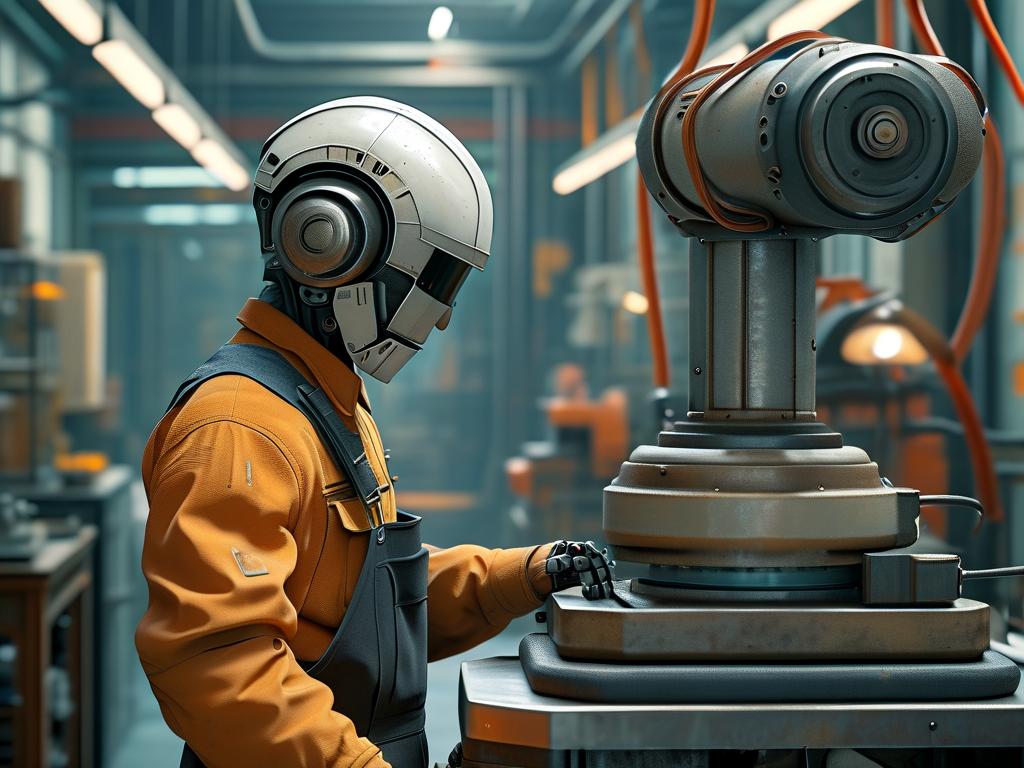The concept of automated machines traces back to ancient civilizations, but the foundation of modern robotics began in the 20th century. Early robotics technology was driven by a blend of imagination, mechanical engineering, and the gradual integration of electronics. From rudimentary mechanical arms to the first programmable systems, these innovations laid the groundwork for today’s advanced machines.

One of the earliest milestones in robotics was the creation of “Unimate,” the first industrial robot introduced in 1961. Developed by George Devol and Joseph Engelberger, this robotic arm revolutionized manufacturing by performing repetitive tasks such as welding and lifting heavy materials. Unlike today’s robots, Unimate operated using hydraulic actuators and a magnetic drum memory system, which stored programmed instructions. Its deployment at a General Motors plant marked a turning point, proving that machines could enhance productivity while reducing human exposure to hazardous environments.
During the 1950s and 1960s, research institutions like MIT and Stanford played pivotal roles in advancing robotics. Engineers explored the integration of sensors and feedback mechanisms, enabling machines to interact with their surroundings. For instance, the “Stanford Arm,” developed in 1969, became a benchmark for precision. This six-axis electric robotic arm could assemble small parts with remarkable accuracy, showcasing the potential of robotics in intricate tasks. These early systems relied on punch cards or magnetic tapes for programming, a far cry from today’s AI-driven interfaces.
Another critical area of development was mobile robotics. In 1966, Stanford Research Institute (SRI) unveiled “Shakey,” the first autonomous robot capable of reasoning about its actions. Equipped with cameras, bump sensors, and a radio link to a mainframe computer, Shakey navigated rooms by analyzing its environment and planning paths. While slow and limited by computational power, Shakey demonstrated foundational principles still used in modern robotics, such as spatial mapping and decision-making algorithms.
Japan’s contributions to early robotics cannot be overlooked. In the 1970s, Waseda University’s WABOT-1 became the first full-scale humanoid robot. Standing over six feet tall, it could walk, grip objects, and even communicate in Japanese. Though impractical for real-world applications, WABOT-1 symbolized the cultural fascination with human-like machines and inspired later advancements in bipedal locomotion and artificial intelligence.
Challenges in early robotics often revolved around power, control, and adaptability. Pneumatic and hydraulic systems were bulky and energy-intensive, while early computers lacked the processing speed to handle complex tasks. Engineers also grappled with programming languages tailored for robotics. The of the “Robot Programming Language” (RPL) in the 1970s simplified code development, but debugging remained a tedious process.
Despite these hurdles, early robots found niches beyond factories. In medicine, robotic devices like the “Puma 560” assisted in surgeries by providing steady, precise movements. Space exploration also benefited; NASA’s Viking landers, deployed on Mars in 1976, used robotic arms to collect soil samples—a feat that underscored the reliability of remote-controlled systems.
The legacy of early robotics is evident in today’s technologies. Concepts like modular design, sensor fusion, and real-time processing originated from these pioneering efforts. Moreover, the collaboration between academia and industry during this era established a framework for innovation that continues to drive robotics research.
In retrospect, early robotics was less about creating autonomous beings and more about solving practical problems through mechanical ingenuity. Each clunky prototype and experimental algorithm contributed to a future where robots would become indispensable partners in human progress.


